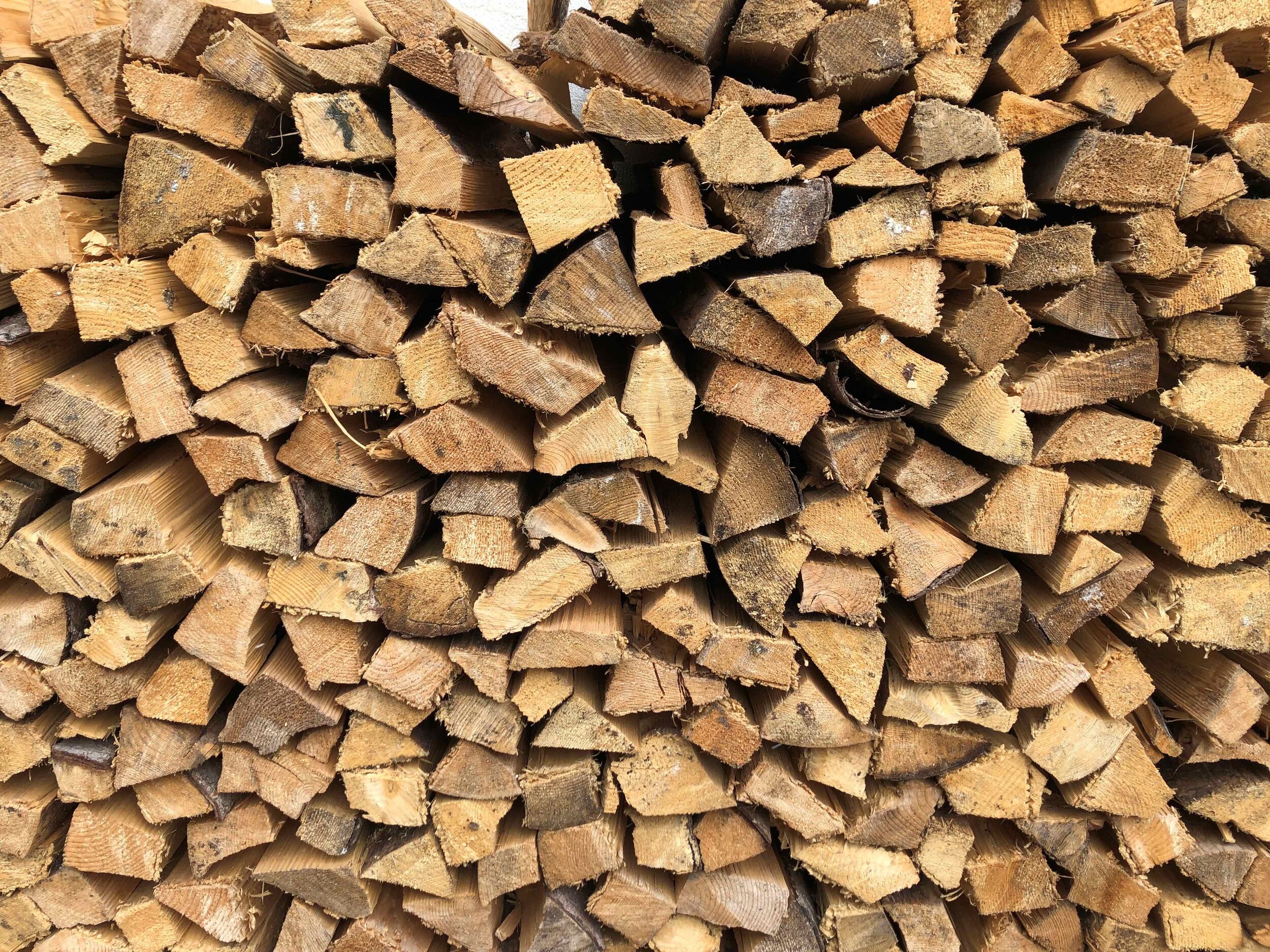Our Services.
Tree Felling
The removal of a tree either directionally from ground level where a series of cuts are made at the base, allowing the tree to fall into a target area or where space is restricted, a tree can be climbed and dismantled in a controlled manner using a combination of rigging and lowering techniques.
There are a number of reasons a tree may need to be removed, it may be:-
Structurally unsound, posing a hazard
Dead, Dying or Diseased
Causing subsidence
Unsuited to it’s environment
Tree Pruning Techniques
Crown Reduction
The reduction in height or spread of the foliage-bearing portions of a tree. This method of pruning is carried out to reduce stress on individual branches or on the tree as a whole, to decrease the effects of shading or to make the tree more suited to its environment.
The end result is to retain the main framework of the Crown leaving a smaller outline.
Pollarding
The removal of the upper branches of a tree in order to promote the growth of dense foliage and new branches. This enables a tree to be maintained at a determined height.
Formative Pruning
The process of pruning out weak, rubbing or crossing branches in young trees to create a clear trunk and a well spaced canopy of branches assisting the formation of their adult shape.
Crown Raising (or Lifting)
The removal of the lowest branches of the tree and/or preparation of lower branches for future removal. Crown lifting is carried out to increase the clearance between the ground level and the lower branches either to allow access below the tree, to clear sight lines, improve views or to allow light to penetrate to the ground.
Crown Thinning
The removal of a portion of smaller branches from the outer crown to result in a uniform density of foliage around an evenly spaced branch structure.
Removed material should not exceed 30% of the overall size and is a more frequently necessary procedure for Broad Leaf species.
Deadwooding
The removal of dead or dying branches throughout a tree that may pose a risk to the environment below by falling. Deadwood provides important habitat for wildlife therefore leaving a certain amount of dead tissue is preferable if safe to do so.
Hedge Maintenance
Hedges are commonly used to partition areas, provide a decorative feature, line boundaries and provide a secure alternative (or addition) to a fence. All hedges require a degree of maintenance in order to maximise their health, structure and appearance. Some species will need more attention than others, but to ensure your hedges stay at their best, it’s vital to keep on top of their maintenance.
Stump Grinding
Stump Grinding is the process of removing a tree stump to below ground level using specialist equipment. After a Tree has been felled you are often left with an unwanted stump that can become problematic to further plans for the ground.
A Stump Grinder machine is used to grind out the main root ball of a tree stump leaving behind an even surface on which to turf, landscape or build.
Tree Bracing
When part or even the whole of a tree is structurally unsound, support from bracing may be an alternative option to removal.
Tree bracing can be used to reduce the chance of failure on an otherwise healthy tree, to prolong the existence of a damaged tree or to reduce the potential hazard of a tree.

Firewood and Woodchip Supply
Blue Cedar Tree Surgeons can supply split seasoned logs and woodchip by the cubic meter. Contact us for more information.











